According to the DMA and USPS, in 2016 there were nearly 10 billion catalogs mailed in the U.S., and they arrived in all shapes and sizes. However, one trait all print and direct mail catalogs share is their ability to drive consumers to make a purchase.
A study conducted by the USPS and comScore Networks reported that 60% of customers visited a company's website because of a catalog they received. Even better news for retailers is that people who receive printed catalogs purchase 28% more on average than those that don’t.
During the last recession, many retailers stopped mailing catalogs to cut expenses, but the plan backfired. Lands End, for example, saw a significant decline in sales and for the last five years, catalogs have been making a steady comeback. In 2015, even online retailers like Birchbox and Bonobos launched holiday direct mail catalogs for their customers.
But catalogs aren’t just coming back in their traditional 8.5" × 11" format. Today there are many size variations as well as new technologies, personalized content, and specialty print techniques incorporated into catalogs.
Here are some of the more popular catalog sizes we’re seeing customers print and considerations for retailers looking to try a new catalog size.
Slim Jim Catalogs
A Slim Jim format is an excellent way to reduce costs without sacrificing your circulation. These smaller size catalogs on average measure 5.5" × 10.5" and are typically mailed using three wafer seals (tabs) to be USPS compliant.
And while a slim jim catalog is technically smaller than a full size or “flat” catalog, the total square inches available may be the same. For example, a 16 page full-size may be redesigned as a 24-page slim jim, and both catalogs would have the same total square inches.
However, this conversion isn’t always easy for the retailer’s design team or a good fit for the company’s products, photography, and content. Retailers that only require small thumbnails for product images may benefit from moving to a slim jim format as Barnes and Noble did back in 2007. However, if you’re a high-end clothing or furniture retailer, the limited space on the spreads of a slim jim is not going to showcase your products well, and you’ll likely spend a good deal of time and money trying to redesign your content to fit.
Mini Slim Catalogs
The “mini slim” catalog is the same size and format as the slim jim, but the pages are contained under a panel so they are closed with fugitive glue adhesive instead of wafer seals—making them easier to open without ripping or tearing. Mini slims also weigh under 3 ounces allowing them to qualify for the standard letter rate—which can add up to big savings for retailers.
Like the slim jim, mini slims aren’t necessarily a full catalog replacement particularly for retailers with large product lines. However, they can be a good way of supplementing full catalog mailings, prospect to a new list, or highlight a seasonal promotion or product line. They are also an excellent way to include in-store drivers such as tear off cards or coupons which can be featured on the outside mailing panel to grab attention in the mailbox.
Bed, Bath and Beyond’s back to school promotions are usually a good example. The outside of the mini slim size features their famous 20% off coupon (which never expire) while the inside shows off multiple pages of products to help college students deck out their dorm room.
Digest Catalogs
Digests are the same proportion as standard catalogs, only about half the size. There is no universal standard size for digests, but they are typically an 8.5" × 10.5" catalog folded in half width-wise, then stapled on its long side.
According to the DMA, only 15% of retail catalogs in the US are digest size. The most well-known digest-sized magazine which gave way to the name is Readers’ Digest. Years ago, this format was considered to be a convenient size for readers to tote around or to leave on the coffee table within easy reach. Think about the TV Guide which was a staple on most coffee tables since its inception in 1953 until 2005.
Today digests are often used to pare down the full-size catalog to send more targeted mailings to various list segments. Leveraging variable data print capabilities, retailers can create multiple versions of digest catalogs and easily create catalogs targeted to consumer preference, purchase behavior, etc.
Outdoor and apparel retailer L.L.Bean says it is experimenting with the page count of the catalogs it sends to regular website shoppers. Steve Fuller, chief marketing officer, explains that instead of sending every customer his brand’s largest book, he looks for frequent website visitors and analyzes whether they could receive a smaller digest catalog with pages of products that are of particular interest to them.
Extra Large Catalogs
For years the traditional size of catalogs was 8.5 × 11 inches. Now, more businesses are using 12" × 12" and other large sizes that allow them to include more lifestyle images and tell more of a story. That story might include content that shows off the brand’s personality such as favorite staff picks, products sourcing info, or consumer-generated content including short reviews, testimonials, and images of customers using the products featured.
Anthropologie and Patagonia are two brands that have recently taken their catalogs in this direction. Anthropologie, in particular, refers to their catalog as a “journal” and focuses on inspiring and engaging their consumers rather than just selling products.
Large format catalogs are becoming showcase pieces for brands and certainly stand out in the mailbox. With a heavy focus on lifestyle and high-quality product photography, these pieces often require additional resources and time to produce. That’s why retailers must be smart about their data. Large format catalogs are most successful when they are sent to existing customers as a way to continue to enhance that relationship, foster brand loyalty, and encourage repeat business.
Which Catalog Size is Right for You?
There are many factors to consider when selecting a catalog size that’s right for your business. The amount of content you have, the quantity, and your budget will certainly narrow down the options. For retailers with a tighter budget, it's usually best to stick to some of the standard formats noted above. However, for retailers looking to invest in their catalog program, the options are limitless, and the returns can be well worth it. These retailers can take advantage of custom sizes, embedded technologies like augmented reality, and specialty print effects to make their printed catalogs stand out.








